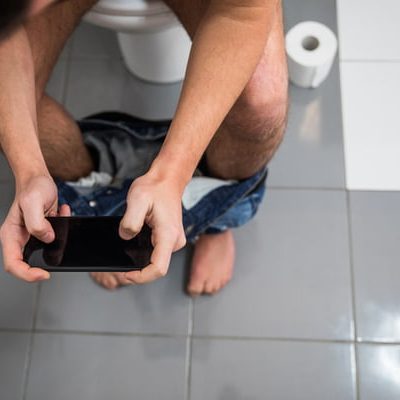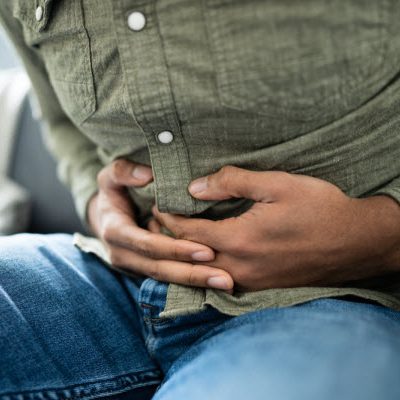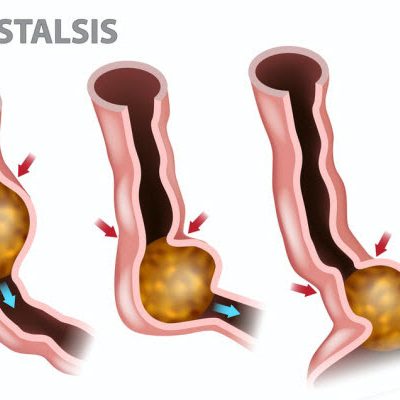Fun Facts About Poo
Do men really take longer to poo?
There’s a common assumption men take longer than women to poo. People say so on Twitter, in memes, and elsewhere online. But is that right? What could explain it? And if some people are really taking longer, is that a problem?
Read MoreDiarrhoea, stomach ache and nausea: the many ways COVID-19 can affect your gut
COVID-19 patients with gut symptoms are also more likely to develop severe disease. That’s partly because even after the virus has been cleared from the respiratory system, it can persist in the gut of some patients for several days. That leads to a high level of virus and longer-lasting disease.
Read MoreWe don’t know for sure if coronavirus can spread through poo, but it’s possible
While we most commonly associate COVID-19 with fever and cough, gastrointestinal symptoms including diarrhoea, vomiting and abdominal pain are not unheard of in people who contract coronavirus.
This is likely because SARS-CoV-2, the virus that causes COVID-19, is found in the gut as well as the respiratory tract.
Why is my poo green?
It’s happened to many of us at some point in our lives: we finish our bowel movement, look down in the bowl and have a moment of panic when we see an unusual colour. Poo can be found in many colours other than brown, with green poo often eliciting concern. But it’s surprisingly common and is usually no reason to be alarmed.
Read MoreCurious Kids: how does my tummy turn food into poo?
Starting in the oesophagus (that food tunnel in your neck) an amazing action called peristalsis takes place. Peristalsis happens with the help of walls inside your gut. It gives your body the strength to send the food ball from the food tunnel to the stomach and all the way down to your bum.
Read MoreYour poo is (mostly) alive: here’s what’s in it
If you’ve ever thought your poo is just a bunch of dead cells, think again. Most of it is alive, teeming with billions of microbes.
Read MoreWhat’s the best way to go to the toilet – squatting or sitting?
Pauline Hanson’s concern about the Australian Tax Office installing squat toilets to cater for its increasingly diverse workforce has prompted debate about the best way to go to the toilet: sitting or squatting.
Read More









